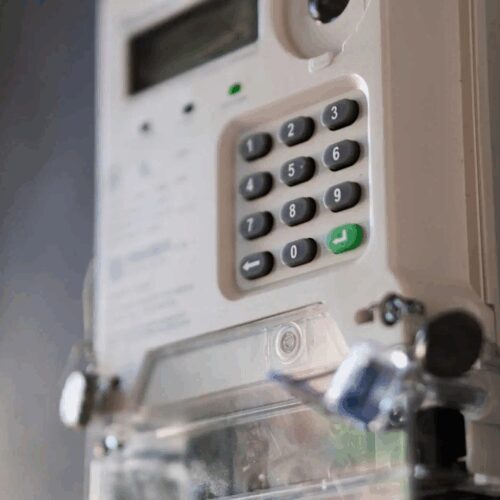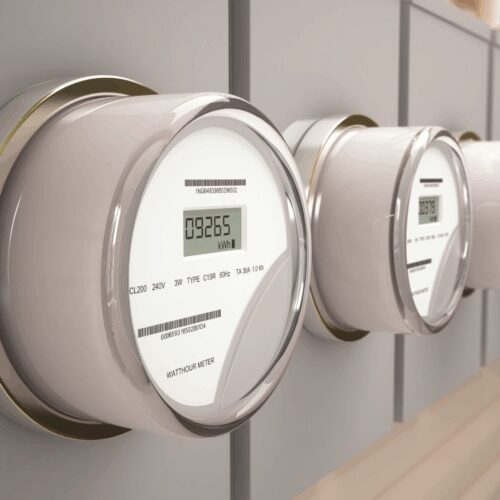The Radical Act of Listening: How to Achieve Accessible Smart Home Technology For All
Angie Ostaszewski gives a tip on how to ensure your energy efficiency programs are built for all customers.

Angie Ostaszewski gives a tip on how to ensure your energy efficiency programs are built for all customers.

Sign up for our magazine
The premier outlet for compelling storytelling around the innovators and innovations driving the clean energy transition.
If you listened to Angie Ostaszewski talk about her work at Ameren and didn’t catch on at the beginning that she works in energy efficiency, you would be forgiven. Perhaps she’s discussing a nonprofit organization geared toward serving others in a more philanthropic manner.
But she’s not. The language that she is using, while rooted in the nonprofit lexicon, is very much for energy efficiency programming. And that’s because her approach is not one-size-fits-all, but rather one based on what you learn when you perform this one radical act: listening.
Listening allows electric utility providers to offer adaptive solutions
VP of Marketing Brad Langley starts off Ostaszewski’s episode of With Great Power with a reference to the Alexa Super Bowl commercial featuring mind-reading technology.
While we are probably a ways off from mind-reading smart home technology (let’s all take a moment and shudder to think), for a lot of people using such technology is a challenge. And considering that access to and use of smart home technology can be a keystone of energy efficiency programs, that access is crucial.
So how do you make sure that your energy efficiency program is truly built for all of your customers? By listening to them. All of them.
While that Alexa commercial is funny, it doesn’t address a reality that many, many customers have: the need for mobility-friendly smart homes. All of these technologies need to have considerations for different types of abilities. Smart home solutions should be mutually beneficial, meeting people where they are. And the best smart technology combines empathy with energy efficiency.
If you don’t listen you are only solving for your own experiences, and that’s hardly going to address the needs of anyone outside of yourself. Listening needs to be done to the point where it’s no longer a radical way to think when building programs that are ostensibly for everyone.
Ostaszewski uses the example of an Ameren customer she spoke with who has cerebral palsy, and something as simple as getting into a shower when it was too cold could have major repercussions. She knew they needed a thermostatic shower valve, which produces a stream of water to a set temperature. Even though the energy efficiency program didn’t provide those as standard, Ostaszewski made sure the customer received one.
This never would have happened if Ostaszewski wasn’t out there talking to customers. As she says in the podcast, “listening should be a deliverable on any program you are running.”
Accessible smart home technology improves quality of life
The New York Times has a thoroughly researched guide to mobility-based, accessible smart home technology. In the ongoing transition to electrification, smart home devices and assistive technology offer homeowners with limited mobility greater autonomy in everyday life through the use of voice commands or remote control.
Across numerous industries, home automation solutions like smart lights, smart thermostats, smart locks, smart speakers, and other smart home tech offer people with disabilities an opportunity for more independent living — whether they live with loved ones or caregivers, or alone.
For example, voice assistants like the Amazon Echo’s Alexa, Apple’s Siri, and Google Assistant allow people with physical impairments to make phone calls, search the internet, listen to music, run vacuums, and manage home security, including Bluetooth door locks and security systems, via voice control. Video doorbells, motion sensors, and other gadgets can help improve peace of mind and quality of life for disabled people.
If you want to hear more about Ostaszewski’s Ameren program, listen to her full episode on With Great Power here or reach out to chat with a GridX specialist.




